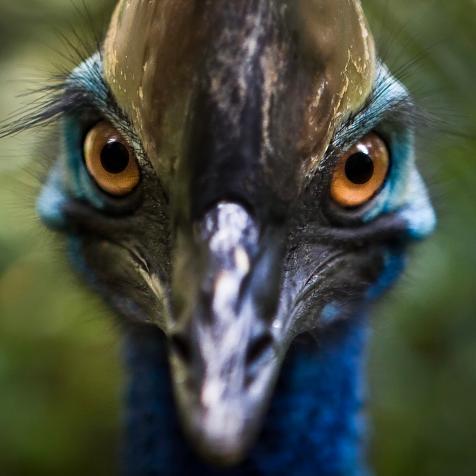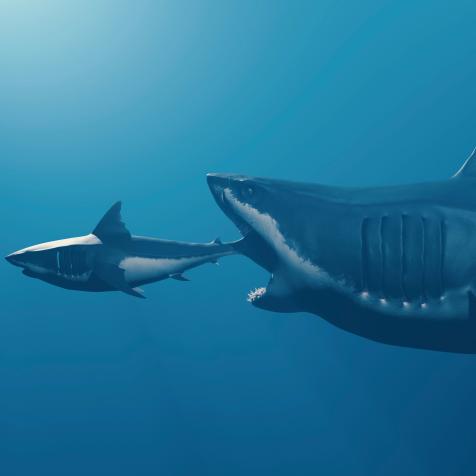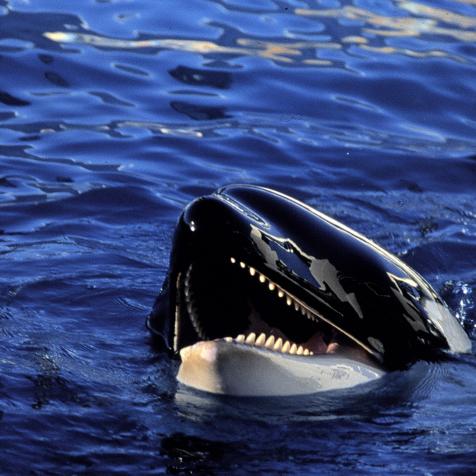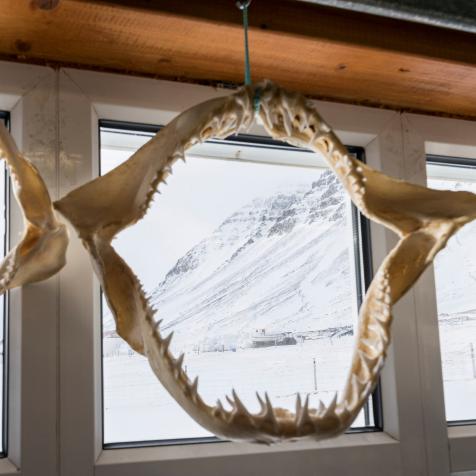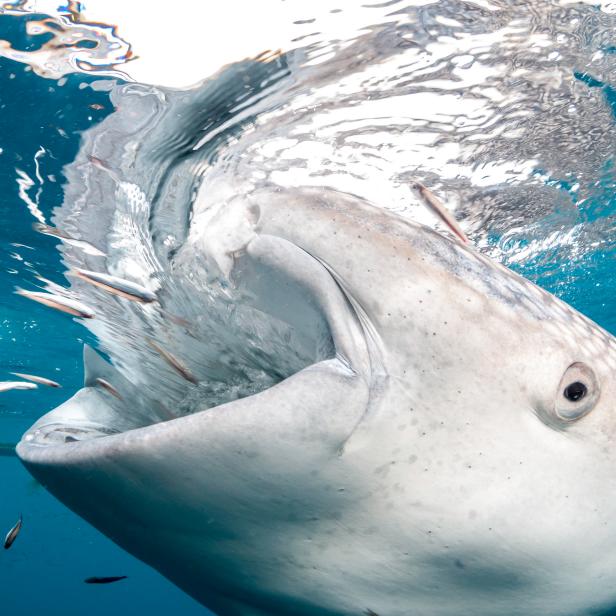
by wildestanimal
Are Whale Sharks Now the World’s Largest Omnivore?
n Western Australia’s Ningaloo Reef, whale sharks have historically been observed eating krill but this new biopsy has allowed scientists to rethink what sustains the superspecies. Dr. Mark Meekan, a fish biologist from the Australian Institue of Marine Science said, We’ve seen them coming to Ningaloo and we’ve seen them feeding on krill and we’ve thought, ‘Boom there’s the answer. But with sophisticated methods that look at the microchemistry of these animals, this story becomes much, much more complex.”
The team of scientists analyzed food sources like planktons and large seaweed to find amino and fatty acids that might match what was present in the skin samples from whale sharks. The study suggested that these fish are feeding on more than just krill. Meekan noted that the whale shark’s large size has prompted an evolutionary response to start to consume more than just krill. With the whale shark’s large size, it’s not surprising that they’ve started to utilize the very common brown sargassum seaweed, very common on the Australian reefs, as food. As time has moved on, whale sharks have adapted to digest seaweed and even algae that they are ingesting into their mouth.
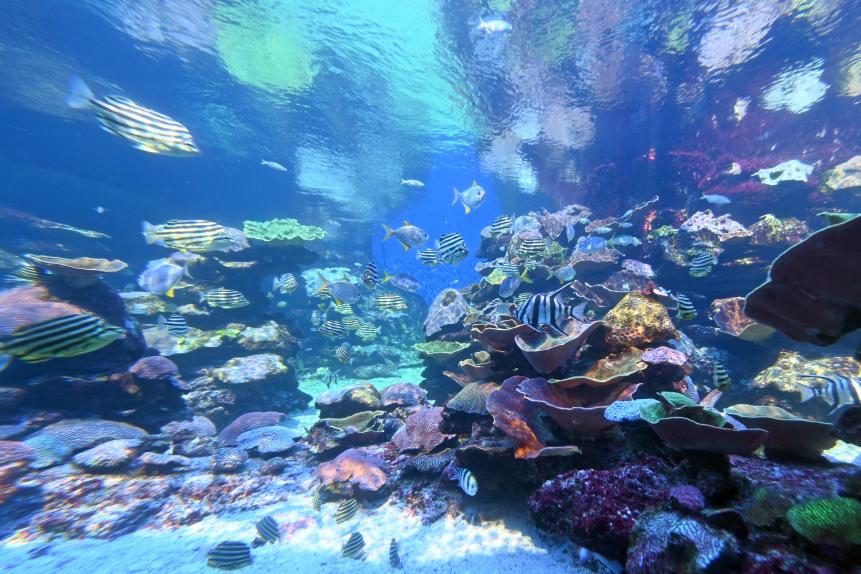
chameleonseye
Meekan expressed his excitement at the new findings stating, “On land, all the biggest animals have always been herbivores. In the sea, we always thought the animals that have gotten big, like whales and whale sharks, were feeding one step up the food chain on shrimp-like animals and small fishes. Turns out that maybe the system of evolution on land and in the water isn't that different after all."










